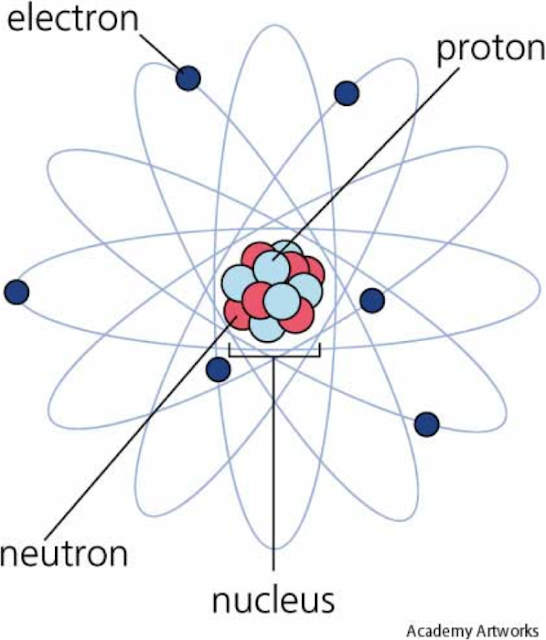1. Describe the human nervous system in
terms of the central nervous system (brain
and spinal cord as areas of coordination)
and the peripheral nervous system which
together serve to coordinate and regulate
body functions.
The human nervous system serves to detect and respond to stimuli. It is split into two parts: the central nervous system (CNS), and the peripheral nervous system (PNS).
The CNS consists of the brain and spinal cord. The spinal cord is a long tubular bundle of nervous tissue and support tissue that runs through a tunnel in the backbone so it is protected; the skull protects the brain. The CNS gives instructions to the other parts of the body to perform certain jobs.
The PNS functions to detect stimuli and send impulses to the brain regarding the detected stimuli. It is made up of receptors and nerves that help carry the impulses. The receptors detect the stimuli in the environment. There are many receptors in the human body that detect different stimuli, such as light, touch, sound, temperature, and chemicals. The opposite of receptors is effectors: made up of muscle and glands, they respond to the stimuli.
2. Describe the structure and function of the
eye, including accommodation and pupil
reflex.
Functions
• iris: widens and narrows to control the amount of light entering the eye
• suspensory ligaments: loosens and tightens to adjust the thickness of the lens
• choroid: middle layer that surrounds the eye, contains blood vessels
• sclera: outer, protective layer of the eye
• retina: inner section of the eye, sensitive to light, where the fovea is located, contains rods and cones
• fovea: a light sensitive section, the sharpest part of vision
Accommodation is the widening and narrowing of the lens so the light rays can hit the retina at the right spot in order to see things. The light rays need to be refracted to be directed to the fovea, and this process makes sure the light is focused. The lens adjusts by changing shape to focus on the light.
| On near objects | On far objects |
|---|---|
| Ciliary muscles contract | Ciliary muscles relax |
| Suspensory ligaments relax | Suspensory ligaments contract |
| Lens thickens and becomes more convex and elastc | Lens stretches so it is thinner and less convex |
| Gives lens refractory power | Decreases refractory power |
The pupil reflex is an automatic reflex that allows the pupil to increase in size in dim lighting to let as much light as possible enter the eye. When it decreases, it is to protect the retina so that it does not get damaged by too much light.
3. Identify motor (effector), relay (connector) and sensory neurones from diagrams.
These are the three types of neurones, labelled with their different parts.
4. Describe a simple reflex arc in terms of
sensory, relay and motor neurones, and a
reflex action as a means of automatically
and rapidly integrating and coordinating
stimuli with responses.
Reflexes are fast, automatic and can't be learnt. They exist to ensure a good chance of survival. Reflex actions include blinking (stimulated by bright light), knee jerking (stimulated by the force applied to the knee), and yawning (stimulated by high carbon dioxide levels).
The reflex arc is the process of from sensing the stimuli to reacting to it:
receptor --> sensory --> relay --> motor --> effector


































